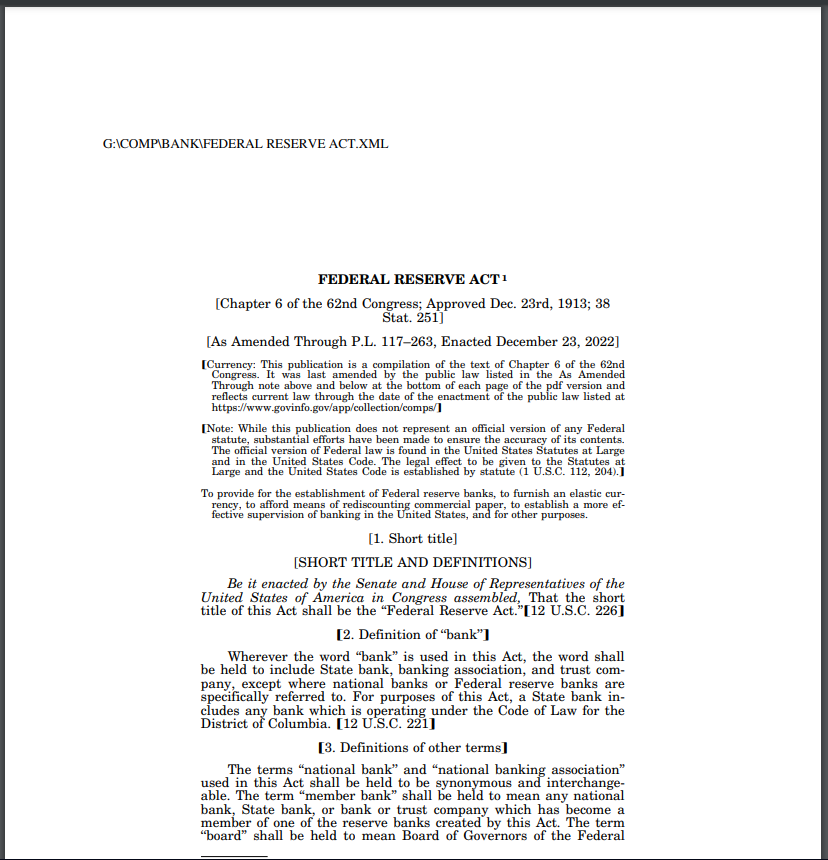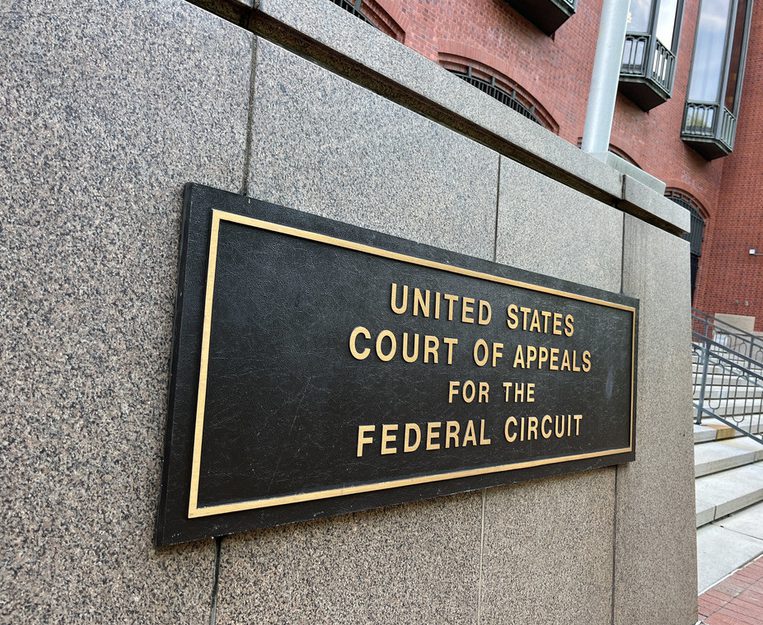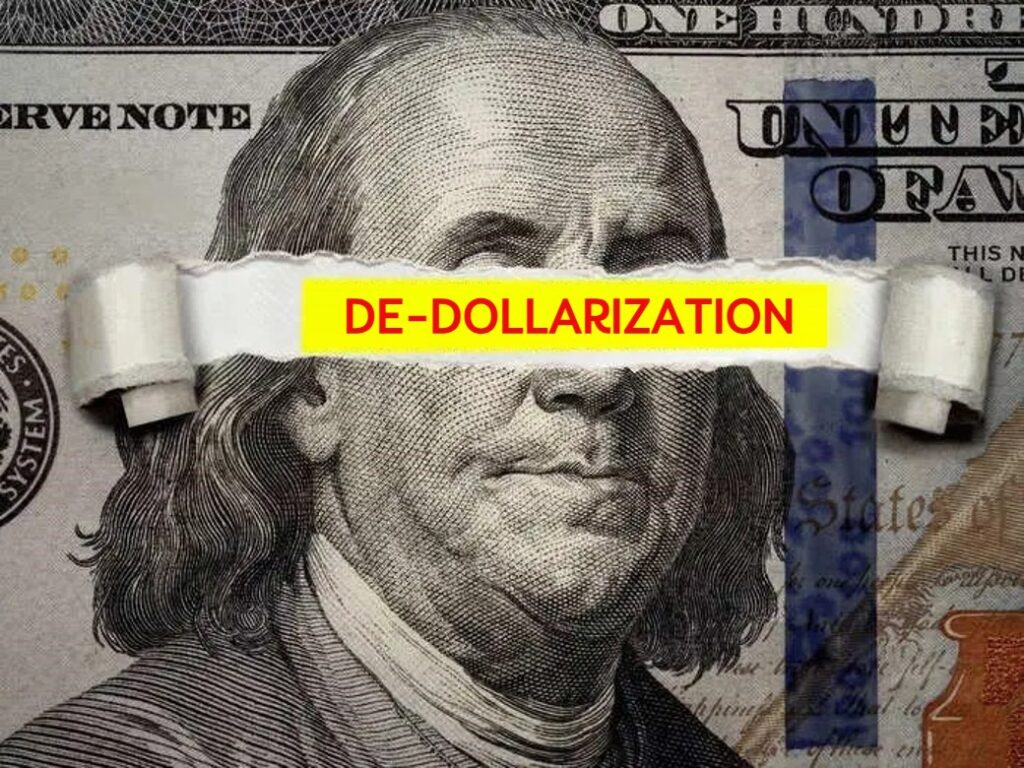The Fed’s third mandate represents a statutory requirement that’s actually buried deep within the Federal Reserve’s founding documents and could fundamentally reshape monetary policy right now. This forgotten provision requires the central bank to pursue three objectives: maximum employment, price stability, and also moderate long-term interest rates.

The Fed third mandate debate has caught a lot of momentum since Trump administration officials are contemplating employing this legal framework to legitimize more aggressive action in bond markets via yield curve control and increased quantitative easing operations, which could hasten de-dollarization tendencies and cause Bitcoin price surge scenarios.
How the Fed’s Third Mandate Could Accelerate De-Dollarization and Propel Bitcoin Prices


Understanding the Third Mandate Framework
The Fed third mandate has been largely ignored for decades, with most policymakers considering moderate long-term interest rates as a natural byproduct of achieving price stability and maximum employment. However, Trump’s pick for Fed governor, Stephen Miran, cited this third mandate earlier this month, sparking widespread speculation about future central bank policy directions and what this might mean for markets.


The administration seems willing to go ahead and apply this overlooked statutory provision as a basis to apply yield curve control measures. This would mean that the Fed would buy government bonds to control the level of particular interest rates and practically bring down the cost of long-term borrowing as national debt hits new record levels of $37.5 trillion currently.
Market Impact and De-Dollarization Effects


Christian Pusateri, founder of encryption protocol Mind Network, stated:
“The third mandate is financial repression by another name. It looks a lot like yield curve control.”
The implementation of aggressive yield curve control could trigger accelerated de-dollarization trends as international investors seek alternatives to dollar-denominated assets. Lower long-term interest rates would reduce the attractiveness of US Treasury securities, potentially pushing global central banks toward alternative reserve currencies and assets along with other investment options.
Also Read: Bitcoin and Altcoins Swing as Fed Rate Cut Fuels Crypto Rally
Bitcoin Price Surge Potential
Outspoken BitMEX founder Arthur Hayes expressed bullish sentiment regarding crypto markets, suggesting that yield curve control implementation could send Bitcoin to $1 million. The cryptocurrency’s fixed supply mechanism makes it particularly attractive during periods of aggressive quantitative easing and monetary expansion.
With Fed board member Miran now confirmed, the MSM is preparing the world for the Fed's "third mandate" which is essentially yield curve control. LFG!
— Arthur Hayes (@CryptoHayes) September 16, 2025
YCC -> $BTC = $1m pic.twitter.com/jlPQZJ0cHm
Pusateri also noted:
“Bitcoin stands to absorb massive capital as the preferred hedge against the global financial system.”
This positioning reflects growing institutional recognition of Bitcoin as a store of value during periods of currency debasement concerns and monetary policy uncertainty that we’re seeing unfold right now.
Also Read: At 97, the US Dollar Index Feels the Fed’s Grip
The Fed third mandate represents more than just policy discussion – it actually signals potential fundamental changes in how monetary authorities approach interest rate management and currency stability in an increasingly complex global financial system.





